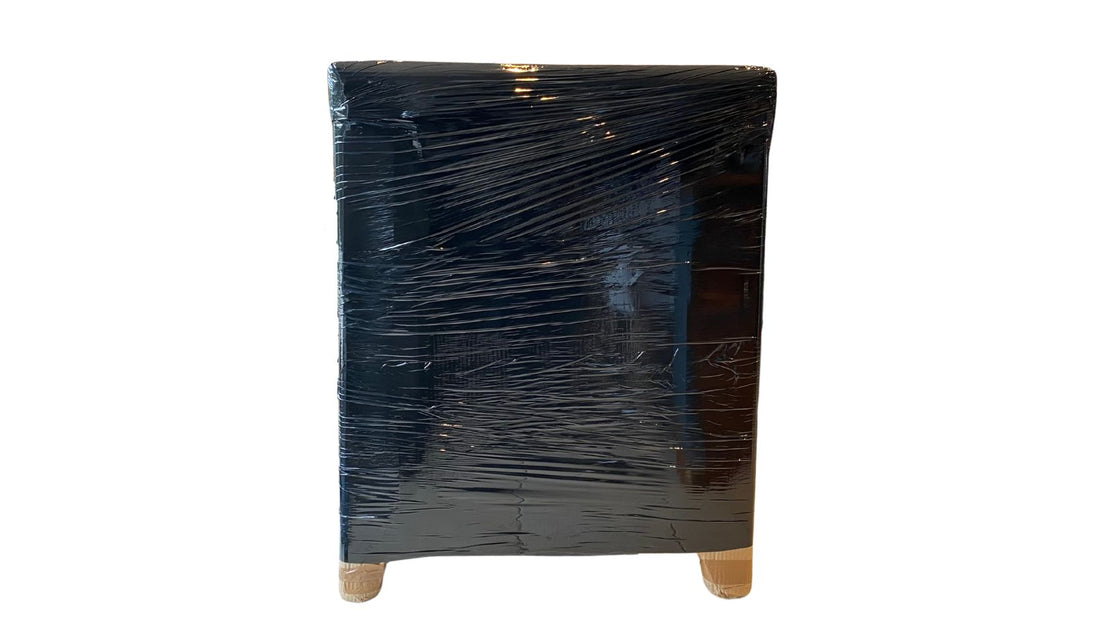There are so many elements to a furniture painting business, and even more when it comes to transporting those pieces nationally. So you’ve bought a piece from Gracie’s House, what next? Well, protecting your furniture is paramount, however, the excessive use of plastic materials in packaging contributes significantly to environmental degradation. To address this concern, I’ve explored an eco-friendly approach to furniture wrapping that not only ensures the safety of your belongings but also minimises plastic waste.
The Layered Approach:
- Bubble Wrap from Recycled Sources:
- I begin the furniture protection process by using multiple layers of bubble wrap on delicate areas, such as feet or legs. All the bubble wrap I use is repurposed from incoming packaging. This not only reduces the demand for new plastic but also gives a second life to existing materials.

- Removal Blanket for Extra Cushioning:
- Following the bubble wrap, I incorporate a removal blanket into the wrapping process. These thick and durable blankets provide an additional layer of protection and can be reused multiple times. I use blankets made from sustainable materials like recycled fibres to further reduce the environmental impact.

- Corrugated Cardboard Shield:
- The next step involves adding a layer of corrugated cardboard. Cut to fit the dimensions of your furniture, forming a protective shield. Cardboard is an excellent eco-friendly alternative, as it is biodegradable and easily recyclable. This layer serves as a sturdy barrier against scratches and minor impacts during transportation.

- Cling Wrap with Caution:
- While cling wrap is commonly used in the packaging industry, it's essential to be mindful of its environmental impact. I use a minimal amount of cling wrap, just enough to secure the cardboard in place. This is an important step and the only area where “new’ plastics are used.

- Cardboard Corners for Added Protection:
- For furniture with protruding edges or corners, I sometimes need to add protective cardboard corners. These corners act as a buffer, preventing damage to vulnerable areas. I Add these before the cling wrap layer and create them from incoming packaging, making it a practical and eco-friendly solution.
In the quest for sustainable living, every small effort counts, and that includes the way I protect your purchase during delivery. By adopting an eco-friendly approach to furniture wrapping, I’m helping to reduce our reliance on single-use plastics and contribute to a healthier planet.
Remember you can also recycle or repurpose the materials used in the wrapping process. Through conscious choices, we can be both efficient and environmentally friendly.

